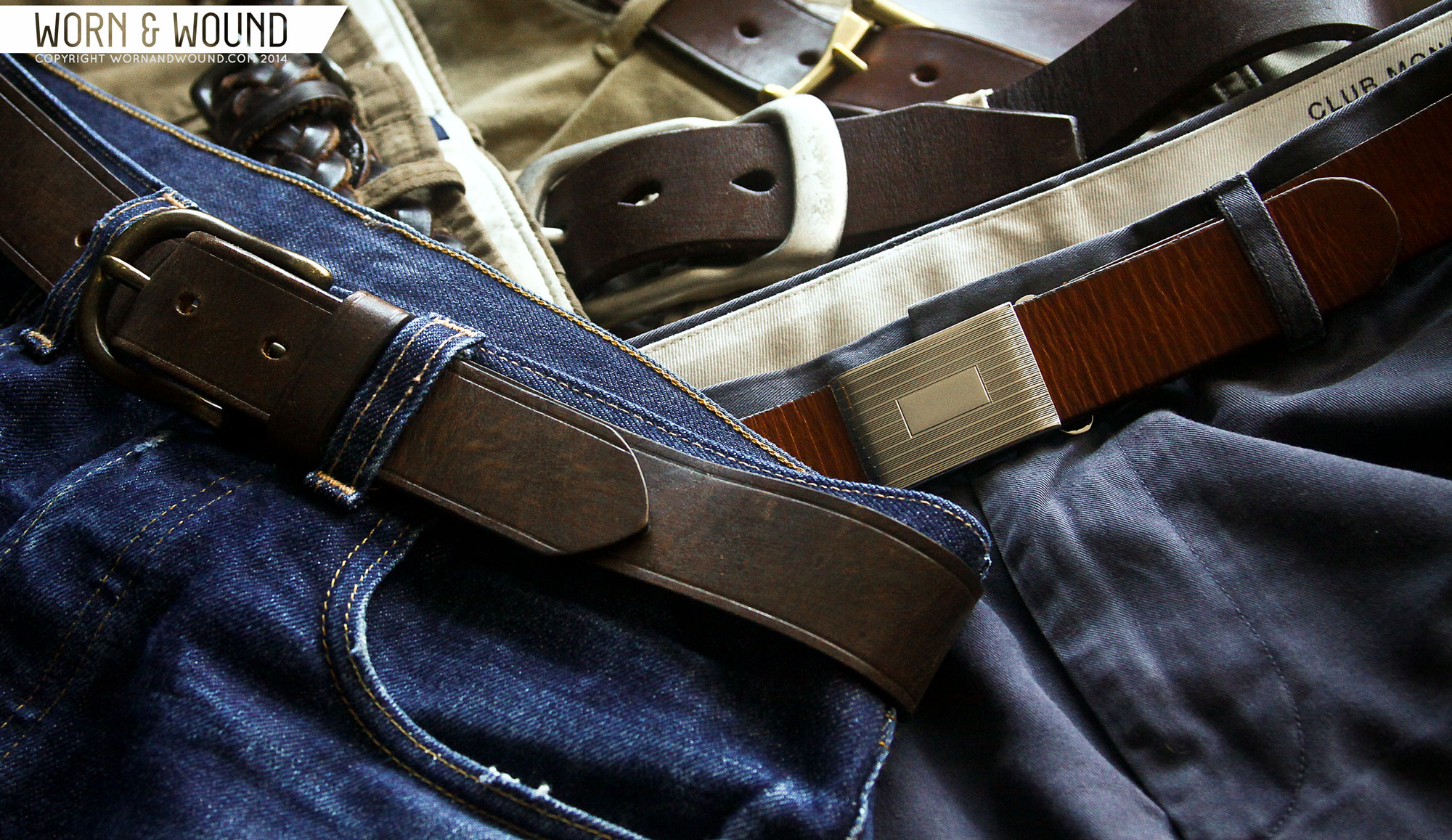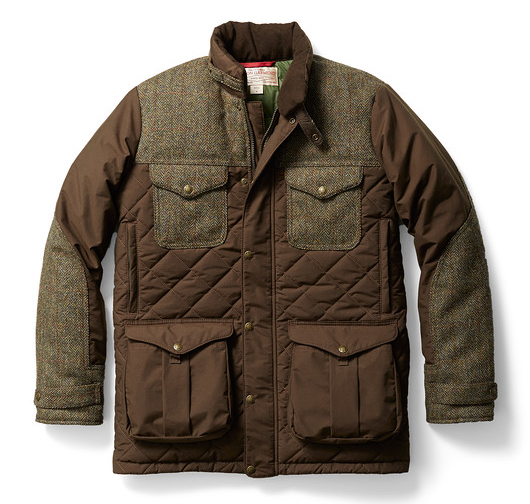Watch collectors are a meticulous bunch, and for most of us the devil’s in the details. Whether it’s something as crucial as the proportions of a case or as small as the placement of a discrete–or sometimes not so discrete–date window, it’s usually the little things that can make or break a timepiece.
Unsurprisingly, the same holds true for the clothes on your back. It’s the overlooked elements that can make all the difference in any given outfit, from the size of the cuff on your pants to the pocket square in your jacket. But there is one accessory that many men, even those ahead of the curve, often neglect: the belt. Sure, they’re utilitarian, but belts should never be an afterthought. In fact, the correct belt can be the crucial piece that brings your whole look together, elevating it or, conversely, dragging it down. So I’ve written this guide to help the men looking to upgrade their accessory game. If you have one belt hanging in your closet right now, worn and tattered, this guide is for you.
There are really two types of belts that you need to be aware of: the formal belt and the casual belt. The distinction is fairly obvious. Your dress belts will be paired with your suits, and your casual belts with everything else. But what makes a dress belt dressy, and a casual belt casual? Below, I break down each style and included three get options that should cover all of your bases.
Formal Belts
- Formal belts should match your shoes in color, texture, and finish–black shiny shoes, for example, demand a black shiny belt. Black and brown are good starting points, and you can expand your color palette as your shoe collection grows (tan, suede, etc).
- An appropriate width for a formal belt falls around the 1 ¼” mark. Your belt should slide effortlessly through the belt loops of your pants (and remember, if your pants have belt loops, then you should wear a belt).
- Avoid embellishments. This includes contrast stitching. Visible stitching, a mainstay on formal belts, should match the color of the leather.
- Formal belts typically have small, unadorned buckles. Smaller is ideal, because bigger buckles are better suited for casual belts. Match the finish of your buckle to any male jewelry you might wear, which includes your watch. Silver accents should match silver, and gold with gold.
- Though they come across as an ideal option for those of us looking to save a few bucks, avoid reversible belts. They’re often made of cheap corrected-grain leather, and the buckles are large and unseemly.
- A correctly sized belt should ideally cinch around the center hole.
Casual Belts
- If you’re dressing casually, your belt and footwear do not have to match. In fact, mismatched tones often offer a good point of contrast in an outfit, and depending on how casual you go you can play fast and loose with the rules, e.g., a brown belt with white sneakers.
- A casual belt can be as wide or as narrow as you prefer, but it’s better to stick to something around the 1 ½” mark. You can certainly go as wide as the loops of your pants can accommodate, but be careful not to go overboard. As always, consider the occasion for which you are dressing.
- With a casual belt, you can play with a wide variety of buckles. Generally speaking, avoid large garish cowboy buckles or anything that will draw too much attention. Do, however, play around different finishes; silver, pewter, brass, and gold are all acceptable.
- You also have much more leeway with the length of a casual belt. It does not need to cinch around the center hole, though a longer belt looks better than a shorter belt. If your belt is a couple of inches too long, you can let the end of the belt hand for more a rakish look.
- Casual belts can be more ornate than their formal brethren, but less is more is a good rule of thumb when it comes to any embellishments.
Formal: Allen Edmonds Dress Belts
One thing to consider is that many shoemakers offer an assortment of belts that match their shoes. Allen Edmonds is one of the more affordable American shoemakers on the market, and with their large range of shoes and colors, you’re certain to find everything you need in a one-stop shop. Their Wide Basic Dress Belts are a great option for the days you need to suit up, and they’re sure to look great with your newly purchased wingtips.
Allen Edmonds $98.00
The Middle: The Plaque Buckle Belt
For a point of comparison, the plaque buckle belt is akin to the “one watch.” It’s the belt that can be worn with almost anything, from jeans and khakis to yes, even a suit (as long as the leather isn’t distressed and the buckle is small and shiny). The best plaque buckle belts are slim, approximately an inch wide with a buckle that’s not much larger. In fact, it’s best to avoid larger plaque buckles even if your outfits lean toward the more casual end of the spectrum. Otherwise, you’re teetering on cowboy territory.
J.Crew $59.50
Sid Mashburn: $75-195 for the buckle; $75 for the belt
Casual: The Quick Release Belt
The quick release belt is actually a cool throwback; the buckle design was once used by firefighters to coil leather hoses that would need to be unlatched quickly in case of emergency. Sure, the notion is a tad gimmicky for an article of clothing that helps keep your pants up, but who cares; it looks damn cool. The Worcestershire Leather Company out of England makes these belts to spec, using the finest English bridle leather and suede. Their buckles are also custom-made out of high-quality pewter and solid brass. They’re quite pricey, but they’re also hand-made to your specifications, and they’re sure to outlive you (and probably your kids, too).
The Worcestershire Leather Company approximately $160









 Featured Videos
Featured Videos











